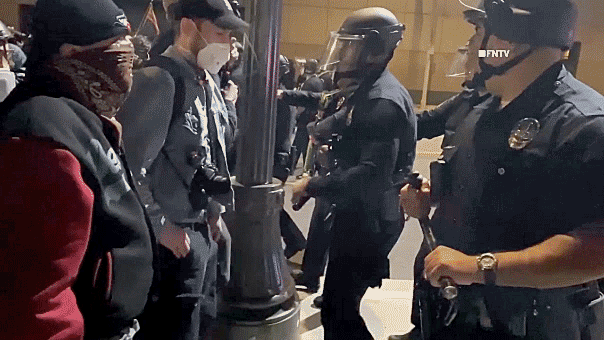WASHINGTON -- The economy slowed sharply in the first three months of the year as high gas prices cut into consumer spending, bad weather delayed construction projects and the federal government slashed defense spending by the most in six years.
The government says the economy grew at a 1.8 percent annual rate in the January-March quarter. That was weaker than the 3.1 percent growth rate for the October-December quarter and the worst showing since last spring when the European debt crisis slowed growth to a 1.7 percent pace.
Federal Reserve Chairman Ben Bernanke and other economists say the slowdown last quarter is a temporary setback. They generally agree that gas prices will stabilize and the economy will grow at a 3 percent pace in each of the next three quarters.
But gas prices are still going up. The national average on Thursday was $3.88 a gallon, an increase of 30 cents from a month ago when the first quarter ended.
Rising gas prices are draining most of the extra money that Americans are receiving this year from a Social Security payroll tax cut.
In the January-March quarter, consumers boosted spending at a 2.7 percent pace. That was down from a 4 percent pace in the prior quarter and was the weakest pace since last summer. Consumer spending is important because it accounts for roughly 70 percent of overall economic activity.
Pump prices were mostly blamed for the pullback, although harsh winter weather also kept people from shopping.
Winter storms -- including rare snow that blanketed the South -- also forced builders to delay construction projects, a big factor holding back overall economic activity. Builders slashed spending on commercial construction, such as office buildings and factories, at a 21.7 percent annualized pace, the deepest cuts since late 2009.
Home building also was hurt. Builders cut spending on housing projects by a 4.1 percent annualized rate.
Bernanke at a news conference on Wednesday suggested that the crippled housing market will continue to weigh on the economic recovery. He pointed out that home building and commercial construction were both "very weak" in the first quarter. Normally, construction spending is a big part of economic recoveries.
The housing market's collapse thrust the economy into a deep recession, and economists say it will take years for the industry to heal. Two years after the recession has ended, the housing market remains depressed.
That's one of the reasons why the United States is experiencing a relatively slow recovery, Bernanke explained.
Another factor holding back the economy last quarter: Deep cuts by the federal government on military projects. That spending was cut by an annualized rate of 11.7 percent, the most since the end of 2005.
Meanwhile, more people sought unemployment benefits last week, the second rise in three weeks, a sign the job market's recovery is slow and uneven.
The Labor Department says applications for unemployment benefits jumped 25,000 to a seasonally adjusted 429,000 for the week ending April 23. That's the highest total since late January.
The four-week average of applications, a less volatile measure, rose to 408,500, its third straight rise and the first time it has topped 400,000 in two months.
Applications near 375,000 are consistent with sustained job creation. Applications peaked during the recession at 659,000.
Some economists predicted that auto factory shutdowns, stemming from supply disruptions in Japan, would cause applications to rise. But a Labor Department analyst said only one state reported auto-related layoffs and the increase was modest.
























